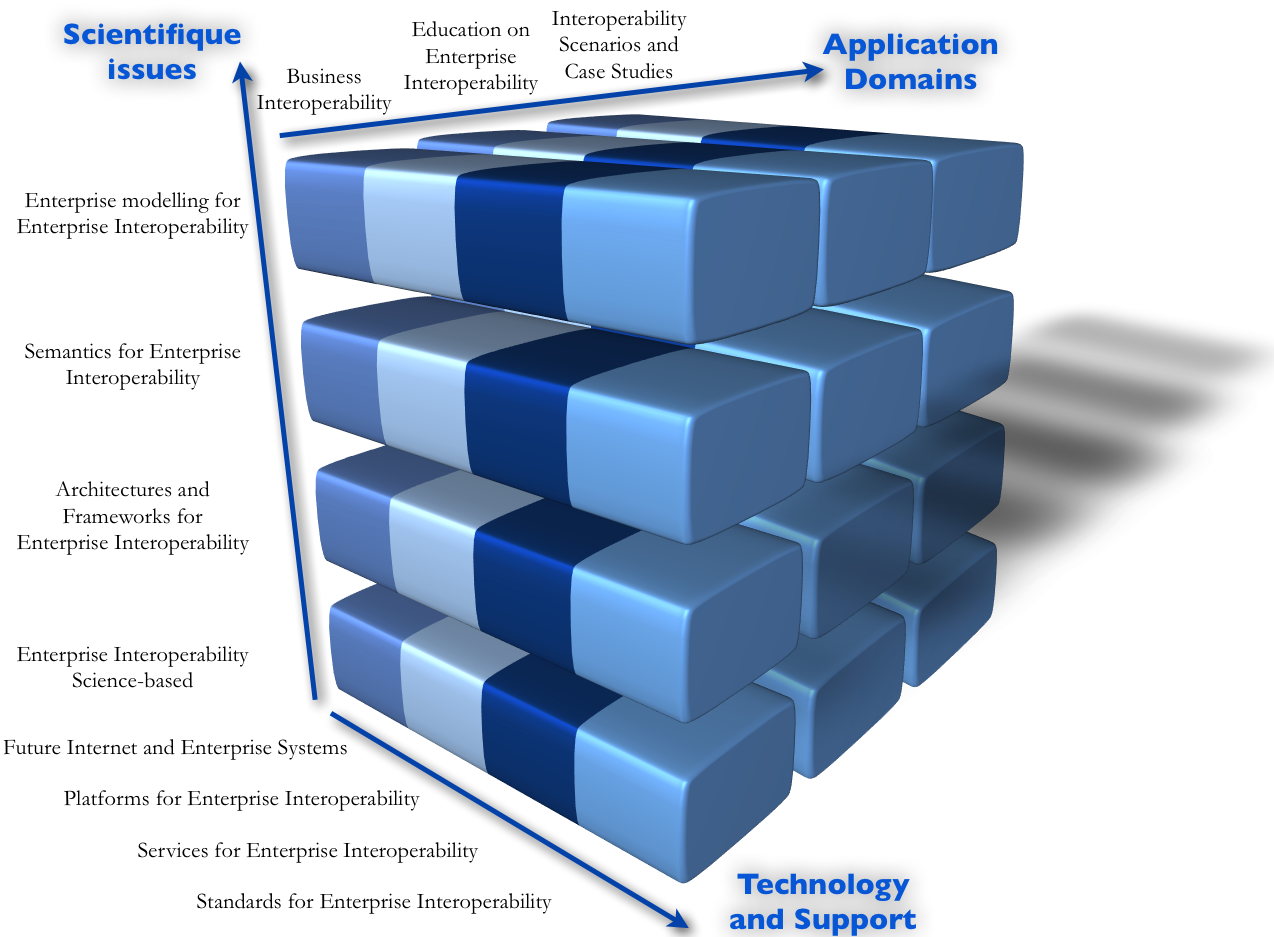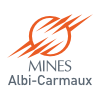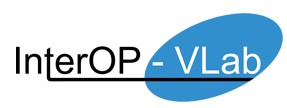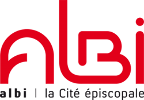Scope
Enterprises and organisations (of any kind) embedded in today's economic environment are deeply dependent from their ability to take part into collaborations. Consequently, it is strongly required for them to be able to take part into emerging, potentially opportunistically, collaborative networks. The concept of “interoperability” has been defined by INTEROP-VLab as “The ability of an enterprise system or application to interact with others at a low cost in a flexible approach”. Consequently, interoperability of organisations appears as a major issue to succeed in building on the fly emerging enterprise networks.
Topics of Interest
This edition of I-ESA is subtitled “interoperability for agility, resilience and plasticity of collaborations”. Establishing efficient and relevant collaborative situations requires to manage interoperability from a dynamic point of view: a relevant and efficient collaboration of organisations might require adaptation to remain in line with potentially changing objectives, potentially evolving resources, unexpected events, etc. This specific aspect of interoperability will be the keystone of I-ESA 2014.
Furthermore, the topics of I-ESA 2014 aims at being in line with the vision presented in the Horizon 2020 framework program regarding interoperability: Enterprise interoperability and Innovation, Interoperability strategies for Digital and Sensing Enterprise, System Interoperability in Internet of everything.

- Business interoperability
- Business interoperability requirements
- Business process interoperability
- Knowledge management in networked enterprises
- Legal issues for interoperability
- Security issues in interoperability
- The human factor in interoperability
- Enterprise modelling for enterprise interoperability
- Distributed modelling
- Meta-modelling
- Methods and tools
- Requirements engineering for interoperable enterprise
- Service modelling for business
- Synchronization of models
- Semantics for enterprise interoperability
- Enterprise applications analysis and semantic elicitation
- Reasoning, methods and tools for model transformation and data reconciliation
- Semantic mediation and enrichment of enterprise models
- Semantic Web-based approaches
- Architectures and Frameworks for interoperability
- Agent-based approaches for interoperability
- Enterprise application integration
- Model Driven Architectures
- Service Oriented (Enterprise) Architecture
- Ubiquity, mobility, open architectures and large scale interoperability
- Future internet and enterprise systems
- Future internet and enterprise interoperability
- Future internet in enterprise collaboration and virtual organisations
- Future internet and digital ecosystems
- Next generation and vision for FInES
- Platforms for enterprise interoperability
- Intelligent infrastructure and automated methods for business system integration
- Internet of future
- Interoperability of operational systems – aspects of service management
- Non-functional aspects of interoperable solutions
- Open-platforms supporting collaborative businesses
- Services for enterprise interoperability
- Utility and value added services for enterprise interoperability
- Micro-services, negotiation and federated interoperability
- Service-oriented integrated development environment (IDE) for enterprise interoperability
- Service science management and engineering
- Cloud computing, everything as a service (XaaS)
- Enterprise interoperability science based
- Concepts, theories and principles for solving enterprise interoperability problems
- Frameworks for the development of enterprise interoperability science-based
- Contribution for enterprise interoperability science-based from neighbouring scientific domains
- Proof of concept and assessment in enterprise interoperability science-based
- Standards for interoperability
- Challenges in standardisation
- Open standards
- Standardisation policies
- Standards organisations works on enterprise interoperability
- Interoperability scenarios and case studies
- How to reduce application gaps of new interoperability results
- Initiatives and communities
- New interoperability Scenarios and derived requirements
- Problem statements
- Success stories and lessons learnt
- Education on enterprise interoperability
- Business needs
- Curricula on enterprise interoperability
- Educational methods
- Vocational training on enterprise interoperability







